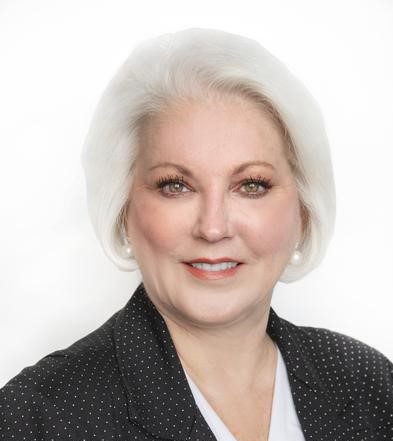Summit Veterinary Advisors
10354 W. Chatfield Avenue, Ste 103
Littleton, CO 80127
303-980-4000
“There is no such thing as absolute value in this world.
You can only estimate what a thing is worth to you”
Charles Dudley Warner (1829-1900, American writer)
It is important to remember that every potential buyer has different financial and personal considerations that enter into their mindset when they determine how much to pay for a practice. Every seller is also different and has different needs. In the end, a practice is only worth what someone is willing to pay and any given practice might be worth different amounts to different people. As veterinary practice appraisers, our job is to predict how a normal market will price individual practices. So how do we determine the value of a business? What makes one practice worth more than another?
In short, the history of the profits generated by the business and the relative risk of those profits continuing into the future are used as the basis for determining practice value. Let’s create a very basic example: Assume there are two lemonade stands for sale and you are trying to decide which one to purchase. Both have similar assets (table, sign, cooler, cups, pitchers, etc.), but one has a history of generating $100 profit per weekend, while the other has generated just $50 profit per weekend. Which one would you pay more for? Clearly, if one lemonade stand has a history of generating twice as much profit than the other, it would be worth paying more for that business.
Now let’s start over and assume that we have two lemonade stands that both generate $100 profit per weekend. Lemonade Stand A is a growing business and the profits have been steadily increasing. They have a very good location with a lot of traffic in an affluent neighborhood. They use premium lemonade and serve it ice cold. Lemonade Stand B has been gradually losing customers and serves lower quality lemonade. Their cooler is older and does not keep the lemonade very cold. Based on this information, which business do you think is worth more? Despite the fact, they both have the same profitability, Lemonade Stand A would appear to be on a much better path than Lemonade Stand B. Based on the available information, we would suspect that the future profits of Lemonade Stand A would be higher.
While this is a very simplified example, the same concepts apply to veterinary practices. Practices that generate higher profits are generally worth more than those with lower profits. Furthermore, there are a number of internal and external risk factors that can contribute to the likelihood of those future profits continuing. Internal factors can include the volatility of historical profits, the growth rate, the quality of staff, the quality and type of equipment in the practice, the ability of the seller to transfer goodwill to the buyer, the revenue sources, the quality of the facility and the management systems in place.
External factors that can influence risk include the demographics of the community, the number and quality of veterinary competitors, the terms of the facility lease, the location of the business and the likely number of potential buyers.
While risk is certainly subjective, the Valuation Council of VetPartners has developed a tool that considers all of these risk factors and helps convert them to a capitalization rate that reflects the actual returns observed in the veterinary practice market. This tool allows veterinary practice appraisers to be more consistent in the determination of risk and the development of a “cap rate” or “multiple” when determining practice value.
In order to know the most likely value of your practice, you must understand the true profitability of your business as well as the relative risk compared to similar practices. A professional veterinary business appraiser can help you with these assessments. As a final note, it is worthwhile to have a professional assessment done several years prior to selling your practice. In many cases, if the appraised value of your business is not where you need it to be, you will still have time to make improvements that can help increase the practice value (and the selling price!) prior to the time of sale.









